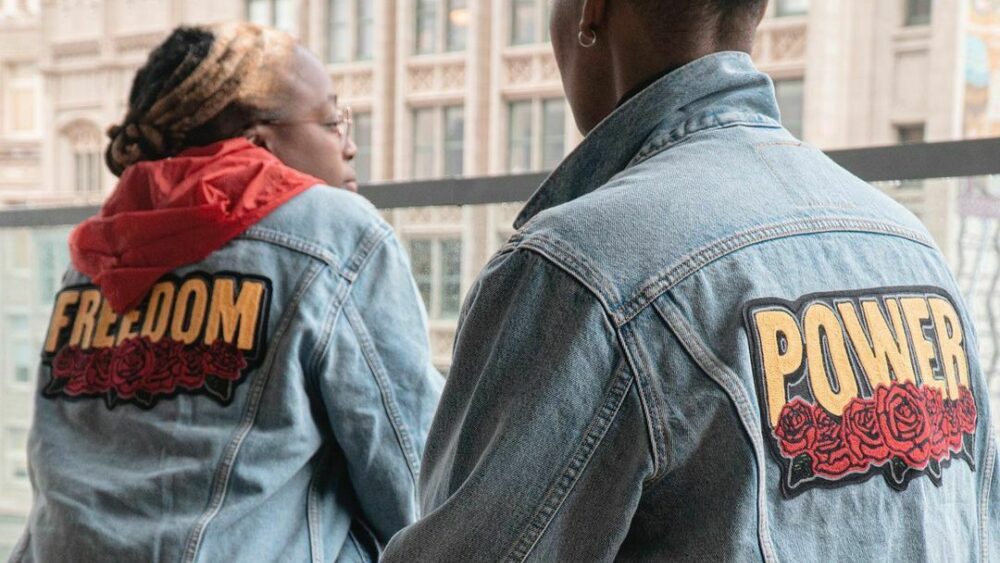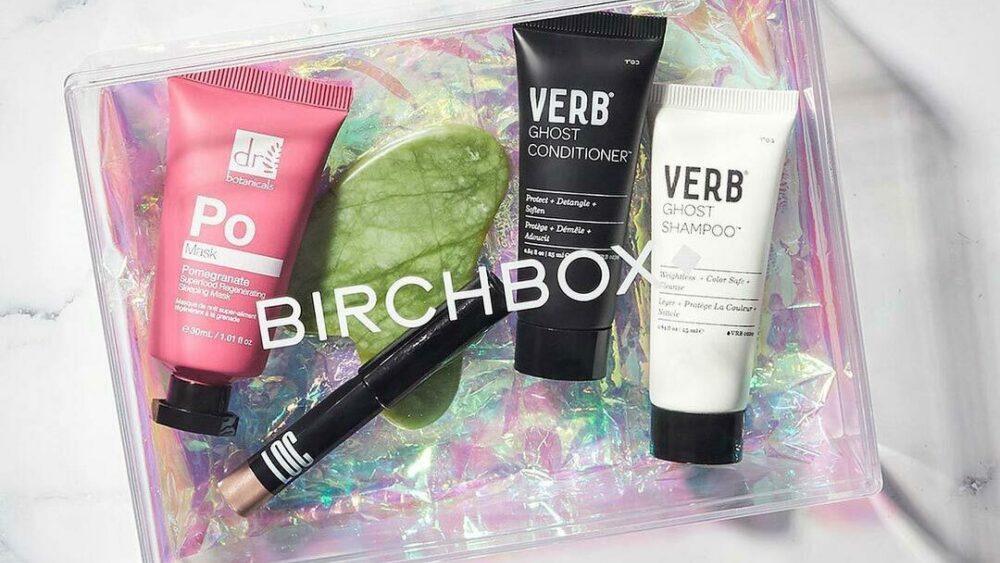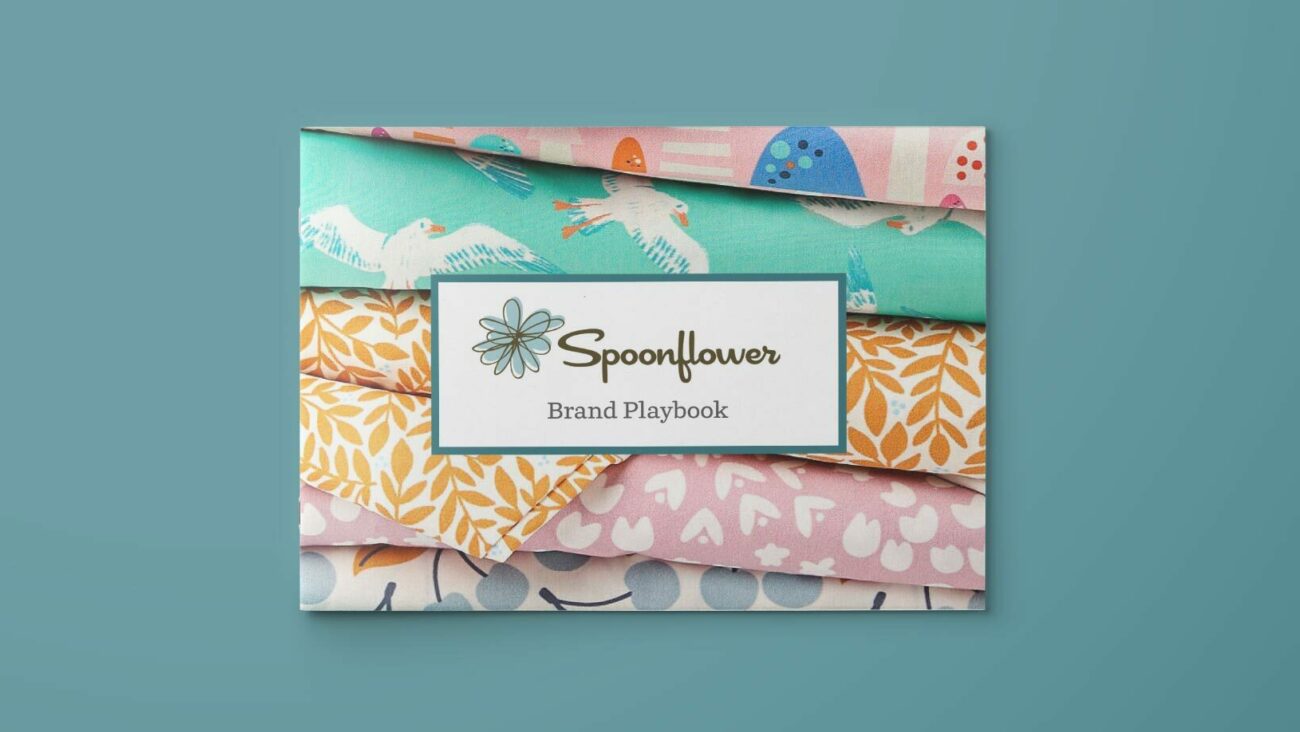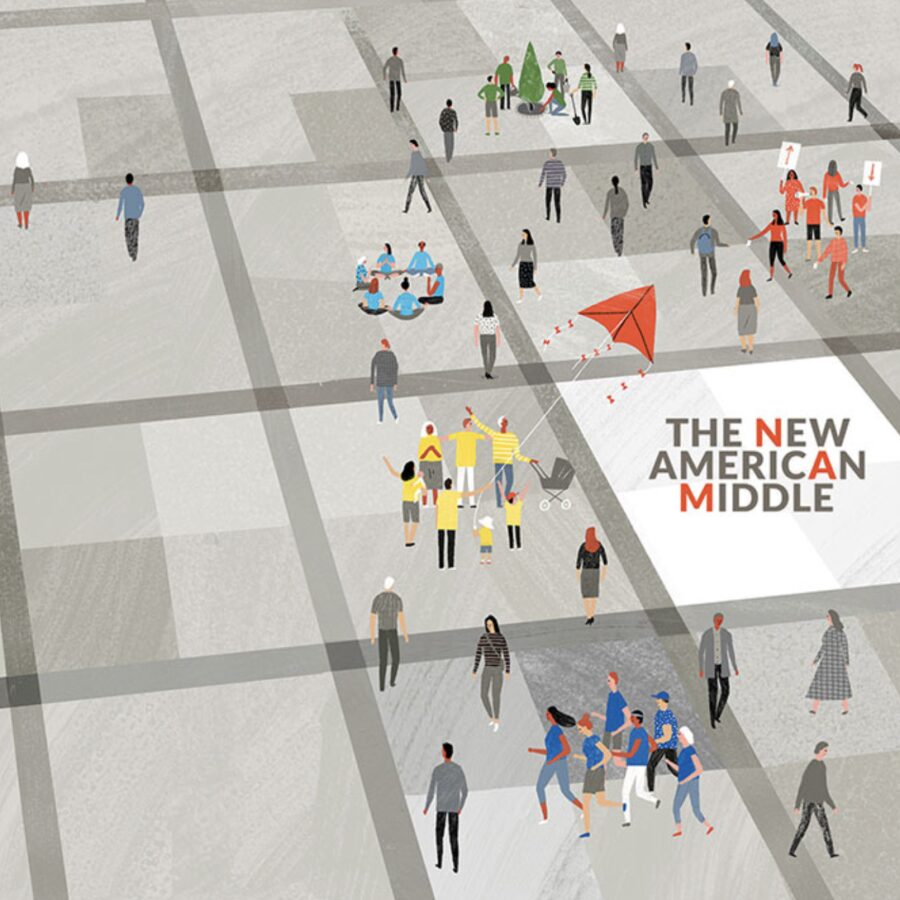The COVID-19 pandemic has broken many bonds of brand loyalty. Here’s how brands can win consumers back.
The COVID-19 pandemic has presented businesses with many challenges, but the longest lasting might be the transformation of consumer loyalty. A report from McKinsey found that 75% of consumers have altered their brand preferences during the pandemic.
The impact on brand loyalty is driven by a number of factors, chief among them the increased frugality many consumers are exhibiting during these uncertain times. Doug Bowman, a marketing professor at Emory University’s Goizueta Business School, uses the example of private label brands to illustrate how temporary changes in behavior might become permanent: “If you’re getting, say, spaghetti sauce and you try a private label, the next time you go to that store, you might say, ‘This worked for me, so I’m going to get it again.’”
While almost every economist is predicting an explosion of commerce as soon as the summer of 2021 arrives, the shopping habits of consumers, and their loyalty to certain brands, may never be the same.
So how can brands navigate a future in which the consumers they used to count on are now much more comfortable shopping around and experimenting with other brands? The solution comes down to a single word: values.
Consumers Now Expect Convenience
COVID-19 may have accelerated the pace of change in consumer loyalty, but the trend line has been falling for some time. Back in 2019, 52% of consumers reported that they were very likely to try a new grocery brand. The same survey found that 80% of consumers across categories such as home and garden, beauty, and apparel showed some level of willingness to try new brands.
Some of the change in levels of brand loyalty is generational. Seventy-eight percent of millennial consumers say that brands have to work harder to retain their loyalty compared to their parents’ generation, and Gen Z consumers are even more fickle.
However, there are larger, more powerful drivers of change at work. One of the major drivers is the convenience delivered by technology. For example, 80% of the product searches on Kroger’s website are unbranded. As the American Marketing Association says about this statistic, “This means that households increasingly are not shopping for specific brands, but rather convenience, price and availability.”
Consumers’ demand for convenience has only been exacerbated by COVID-19. McKinsey found that two-thirds of consumers explored different sales channels and platforms during the pandemic, and that 65% intend on continuing these habits even after vaccines arrive. And now that many consumers are much more comfortable doing the bulk of their shopping online, they have different expectations. For example, 37% more consumers report that shipping speed affects their purchasing decisions compared to a year ago. The same study also reported that 66% of consumers expect brands to offer a free shipping option.
This represents a sea change for brands, particularly major brands that assumed they owned the relationship with their consumers. Now the tables have turned—consumers have new expectations when it comes to convenience, and brand loyalty will go out the window if those expectations aren’t met.
Consumers Demand Shared Values
Another major driver of change is the new expectation of activism that consumers have placed on brands. Consumers, particularly younger consumers, demand that brands show support for the social causes they care about; those that don’t will suffer. This was made all too clear in the summer of 2020, when brands were faced with how to respond to Black Lives Matter protests across the country. The stakes were high: 60% of American consumers said that how brands responded to racial injustice would determine whether they would buy from, or boycott, those brands in the future.
However, generically addressing social justice issues isn’t enough. According to a survey by Forrester, 68% of consumers say a company’s reputation for social responsibility impacts their purchasing decisions, while 41% of consumers say they want to buy from a company that shares their social, environmental, and political values. Learning what exactly these values are, and which values are the biggest drivers of purchasing, is key for brands to earn loyalty from their consumers.
Delivering Brand Values, Conveniently
Two of the factors driving the decline in consumer loyalty—demands for convenience brought about by online shopping and changes in what consumers expect from brands in terms of social and political values—seem at first glance to be at odds. How are brands supposed to make it as easy as possible for consumers to find, purchase, and receive their products while at the same time focusing on the latest social justice crisis?
The answer is simple: be precise. Or, put another way, brands must do the hard work to understand their audience segments, figure out what matters most to each of them, both in terms of convenience and values, and then they need to adjust their brand, operations, and marketing to meet those demands and expectations.
Convenience Gives Way to the Rise of the Subscription Model
Birchbox is an example of a brand that has successfully pulled off this juggling act. Founded in 2010, this beauty subscription service realized that their target audience was tired of the hassle that shopping for beauty products usually entailed—crowded mall makeup counters, unreliable drug store chains, and endless big-box aisles. So, they offered a more convenient way to deliver beauty products to their consumers: a box that arrives at their door every month, full of carefully curated, high-quality products.
In an interview, CEO Katia Beauchamp hinted at how old-fashioned and disconnected the previous way of doing things really was when she described how hard it was to get brands on board: “It was just really challenging in the early days to get brands to move at the speed that the consumer was ready to move.”
That same consumer expectation of speed was also applied to the brand’s handling of social values. In the wake of the racial justice protests in the summer of 2020, Birchbox used their social media accounts not only to give consumers complete transparency into the racial makeup of the company, but also to offer specific, timeline-oriented goals for prioritizing their internal team’s diversity.
This rapid response speaks to Birchbox’s keen understanding of how to successfully navigate this new landscape: respond to demands for convenience with innovation, and respond to expectations around social values with complete transparency.
Britton Marketing & Design Group’s Brand Values ID Positioning Framework
Recently, BMDG worked with Spoonflower, the online crafting marketplace and digital textiles printer, to better understand the values their audiences cared most about. To do this, we used our Brand Values ID framework, which helps brands determine which values are the most influential within their category, which values their competitors already “own” or “share,” and which values the category is not yet reflecting back to consumers.
The Brand Values ID Positioning Framework is an extension of our expertise on the large and influential group of consumers we call the New American Middle. What defines the New American Middle isn’t simply geography or demographics, but instead a shared set of motivations—that what matters when making a purchasing decision doesn’t just come down to price or status, but instead values such as family, community, spirituality, and sustainability.
At BMDG, we specialize in helping brands identify the values they can authentically express to their audiences, as well as how they can build brand loyalty through brand experiences. If your brand is struggling to understand which values motivate your consumers, especially in these uncertain times, then we can help you identify those values and express your brand identity more authentically and effectively.
Images: Nike Instagram, Levis Instagram, Birchbox Instagram









